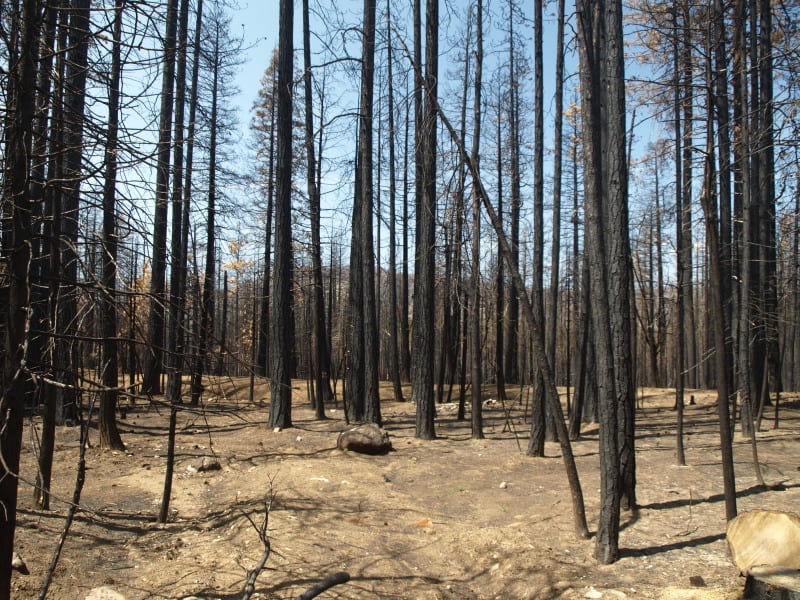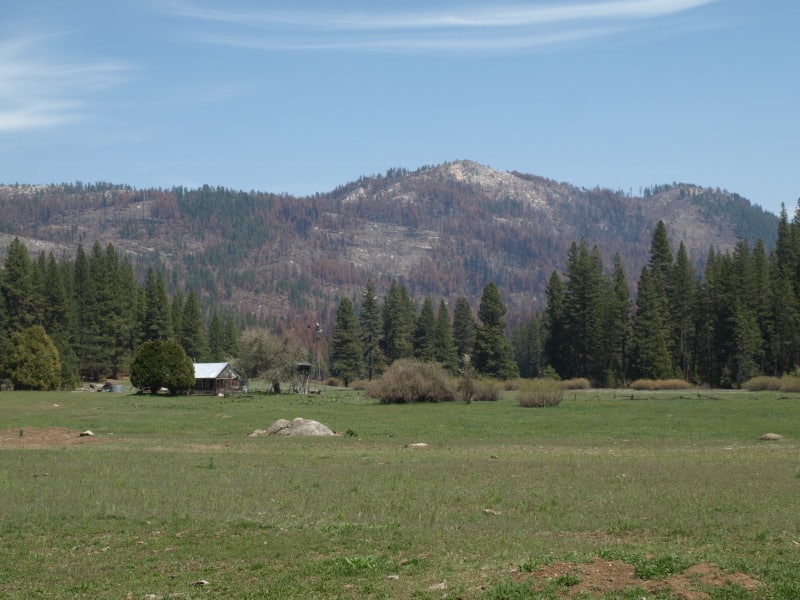
This post is a follow-up to the February 27, 2013 blog entry, “Feds oppose environmental group’s request for $1.4 million in legal fees”:
https://ncfp.wordpress.com/2013/02/27/feds-oppose-environmental-groups-request-for-1-4-million-in-legal-fees/
That post resulted in more than 60 responses — mostly by the Usual Suspects, and mostly on-topic. Much of the discussion focused on the disputed hours and rates by prevailing attorneys, as indicated by the title of the post. A request to Wyoming attorney Karen Budd-Falen for more information in this regard resulted in being sent thirteen summary files with supporting documentation:
http://www.NWMapsCo.com/Legal_Files/Cows_vs_Fish/
The total of $1.4 million in requested fees is summarized in file 66-1_Attach.pdf, showing hourly breakdowns of costs. Although the requested fees appear relatively modest ($200 to $300/hour) — particularly when compared to the “enhanced” fees of northern California attorneys for similar actions, which can vary from $700 to $900/hour – Budd-Falen notes in a March 6, 2013 email:
“The legal answer is that the environmental groups are only supposed to be paid in proportion to their successful achievements in litigation. That is a completely ambiguous legal requirement. I have never seen a court or the Justice Department say that if group X prevails in 1 out of 5 causes of action, they get paid 1/5 of their fees and expenses — it is just a negotiated number. Even if you didn’t have a Justice Department so free with our money, there is really no way to tell how an attorney spends his/her time. The billing sheets you are supposed to provide will simply say “draft complaint.” There is no way to determine how much of that drafting and research time was spent on losing arguments versus winning arguments.”
“I do think that some of the whining we are doing is having some impact and we are starting to see a little more scrutiny to fee requests. So now the groups are getting trickier and writing fee requests that say things like “we can justify fees up to $800 per hour” and our fees are in the neighborhood of $XXXX. It is a racquet and these groups are going to keep at it until we get the law changed.”
In an earlier email that day, she also notes:
“While the total payments may be “small” (at least compared to the National debt) look at the comparison between the Bush administration and the Obama administration. For the same general number of payments made, Obama’s average payments are $209,000 per case – compared with $61,000 per case during the Bush years.”
I am personally more interested in the purpose and scientific basis for these claims, which seem best summarized by the plaintiff, Brent Fenty of the Oregon High Desert Museum (669_Declaration.pdf: pg. 2):
“ . . . our main objective in filing these cases against the U.S. Forest Service and National Marine Fisheries Service was to protect threatened steelhead trout and their critical stream and riparian habitat in the upper John Day River basin. This Court’s 2008 and 2009 preliminary injunction decisions protected some of the worst-hit areas on the Malheur National Forest, and made clear that the agencies must make steelhead protection their highest priority.”
And by attorney Daniel Rohlf (672_Declaration.pdf: pg. 7):
“I believe that ONDA achieved a direct and substantial benefit to the steelhead; that ONDA achieved its stated interests in obtaining federal court decisions reducing ongoing damage by livestock in key migratory, spawning and rearing habitat for threatened steelhead; and that ONDA served the public interest by waging a successful, nearly decade-long battle against two federal agencies charged with protecting the steelhead but whose management of key stream and riparian habitat throughout the Malheur National Forest had ceased to properly take into account the needs of the steelhead and the requirements of the law.”
Two scientists were paid (or requested payment) for their Expert Testimony reports: $26,800 to Forest Hydrologist Robert Beschta (666-2_Attach.pdf: pg. 4), and $31,277 to Hydrologist Jonathan Rhodes (666-2_Attach.pdf: pp. 5-6), but the results of their findings do not seem to appear in the attachments, nor do there seem to be any direct quotes in the text (Note: yellow highlights are as they appeared on recipt from Budd-Falen’s office).
A cursory search of the literature only added more confusion: there appeared to be no baseline data available to determine whether Upper John Day steelhead runs were becoming greater or lesser over time; a large amount of adult fish mortality seemed to result from Indian and recreational fisheries; I could find nothing regarding steelhead mortality related to grazing; the “threatened” run was characterized as “completely wild”; surveys showed a significant portion of the runs to be hatchery-based, despite “no hatchery fish ever being released” in the John Day, etc. Of most importance, given the nature of the claims, was a seeming lack of documentation regarding any relationship between “critical habitat” and actual fish populations. Too, it seems as if the first “critical habitat” designations were made in 2005 (at least by BLM), which means legal action regarding this concern must have been filed about the same time as the designation was made.
If anyone has access to the Beschta and Rhodes reports, I would be very interested in seeing them. Also, any statistically valid data regarding Upper John Day steelhead population trends, or statistical relationships between “critical habitat” and steelhead populations in the area. A good thing that seems to have come from this action (despite the apparently great legal expense), is the requirement to monitor future steelhead populations in the Upper John Day. How are these numbers going to be generated, and how are they being affected by changed cattle grazing patterns? Or is “taking” just a legal term in this regard?



